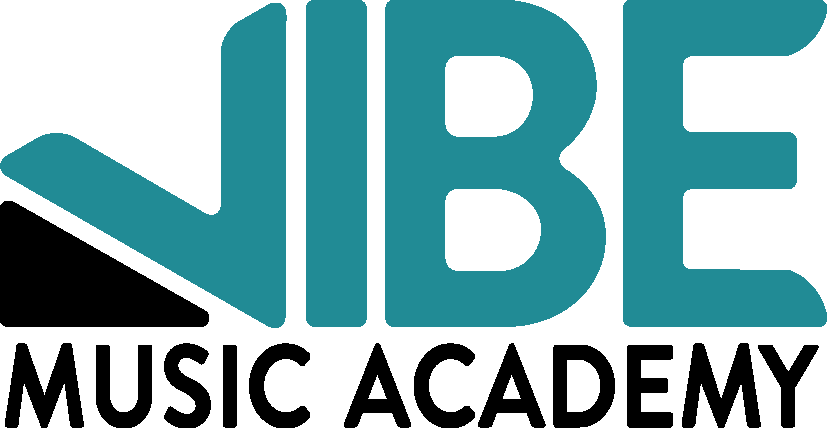How do we as musicians and educators choose to interpret music? What forms our opinions on how a piece should be played? Do we focus on technique, expression, or something else entirely? Read on!
As college students, many music majors are required to take courses in music analysis. These classes often include in-depth digging within pieces of “classical” music, pulling apart the theory behind the musical construction and understanding how a piece functions. Additionally, music majors take private lessons—learning techniques and interpretations based off of specific musical traditions and conventions. I remember performing pieces by Bach and Haydn, learning how to “properly” interpret expression markings in the score. One thing in particular that sticks in my mind is an encounter I had with a teacher where I was told I was playing a piece “wrong,” because I was mimicking a performer this teacher had decided interpreted the piece incorrectly. I was surprised as I’d really connected with that recording and felt that I was expressing myself authentically by playing the work the way I’d heard it.
As I have continued in both my teaching career and my study of musicology, this incident has cropped up several times when I consider how to teach my students. I think there are several points to address when it comes to the idea of musical interpretation, which I will outline below. First and foremost, it's always about the goals of the student!
What is the student hoping to get out of lessons? As I’ve mentioned in most of my posts so far, the needs of the student are always our top priority as educators. We strive to give our students diverse, complete learning that helps them to reach their own goals and provides them with the skills they are seeking. What music is your student playing? If she is working towards an eventual music major, what are the audition requirements of her program? Does he want to play for a church service, or a wedding? Do they want to be part of a jazz ensemble? Similar to repertoire selection, the role we play in our students’ musical exposure is huge and our opinions have a great deal of power. Thinking particularly of conservatory playing, there may be a “right way” to interpret a phrase marking or dynamics. If your student is searching for an avenue of self-expression, there could potentially be a great deal more leeway in that area. If you are instructing a young musician, they may need a more concrete understanding of these terms and markings so that they are able to make their own interpretive decisions later on.
What requirements does that student need to fulfill? This is more of a sub-point to the first question. Of course, if your student is looking to fulfill specific audition requirements, it would be a disservice not to teach them what their evaluators are expecting to hear. The same is true for competitions such as ISSMA where adjudicators are attempting to be objective (not possible in music, in my opinion) and utilizing particular criteria for judging. In those cases, interpretation of dynamic markings, staccatos, accents, phrasing, and so on might have to be a bit more “standard.” Though self expression is essential, and the heart of music, these things are important to consider.
What are the actual markings in the music/what does the composer say about it? I play a great deal of new music. With that in mind, I’ve had conversations with lots of composers working on pieces I’ll be playing wherein markings don’t make sense. I have a lot of power as an interpreter, and it’s always a pleasure to work with a composer to discover how they want their piece to be played. In our modern musical world, we often think of the composer as the ultimate authority. However, as I’ve collaborated with modern composers I’ve learned that markings are often not set in stone. Music from the Baroque era often doesn’t have markings at all—they’re added by transcribers. We rely a great deal on convention, but I think it’s important (especially if working on a substantial piece) to do some research on the work. If it is an older piece, how would it have been played? There is a whole field of musicology related to Historically Informed Performance Practice where scholars dedicate their careers to faithful reproduction of music as it would have been heard when it was written. All of this to say, though the musical markings may appear straightforward they may in fact not be at all. They may even mean different things based on the genre of music being studied/performed!
Are there lots of different options out there for interpreting this specific work? One of the best things any teacher or student can do is listen to different interpretations of a piece. This gives the performer the capacity to make their own decisions when it comes to how the music best represents their own sensibilities in the context of the music. Fostering the growth of a student’s critical ear and their own interpretive maturity is so very essential to creating well-rounded musicians. Which recording sounds “the best” to the student? How have these musicians taken the same music and played it differently? Which parts of their favorite recording does student like best and why? What might they take from this recording and what might they change? If your student were to make their own recording, what choices would they make?
So of course, every interpretation is up to its own…interpretation! There is no easy set of clear to follow steps when teaching musical expression and interpretation. However, I think that considering the factors above can help music educators create a framework by which to examine pieces and present them to their students as both works of art and avenues for self expression. Thank you for reading!
—Charissa Garrigus, Instructor at Vibe Music Academy




